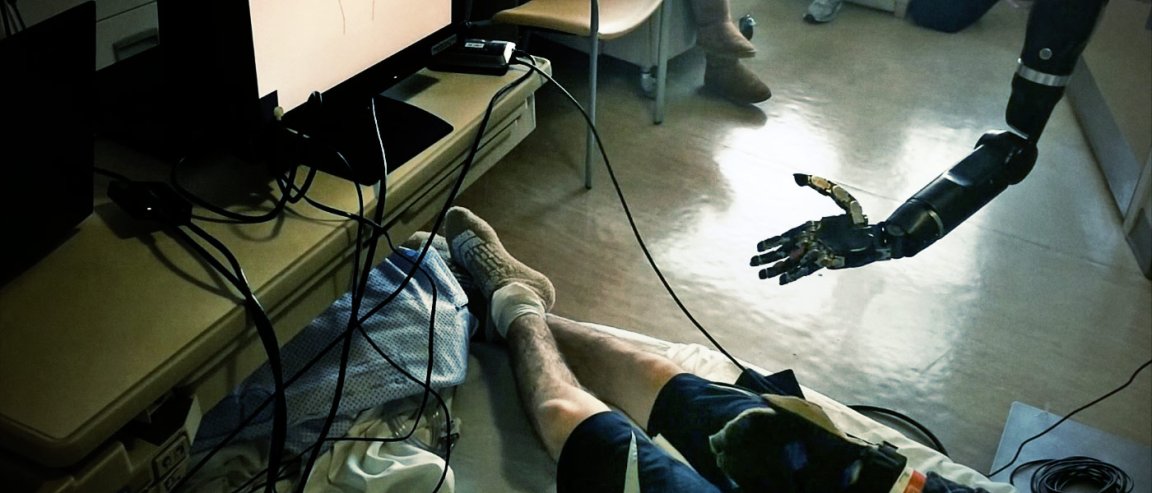
John Hopkins University physicians and biomedical engineers have succeeded in developing a prosthetic arm that is controlled by the mind. More importantly, the arm can wiggle all its fingers individually.
Their findings were published this week online in the Journal of Neural Engineering.
A new hope for patients
Researchers say that this advancement in prosthetic technology will restore refined hand functions to people who have lost their arms due to injury or disease. They initially experimented on a young man who was not missing an arm or hand. A device was fitted on him, which allowed it to take advantage of a brain-mapping procedure to bypass his control over his arm and hand.
“We believe this is the first time a person using a mind-controlled prosthesis has immediately performed individual digit movements without extensive training,” says senior author Nathan Crone, M.D., professor of neurology at the Johns Hopkins University School of Medicine. “This technology goes beyond available prostheses, in which the artificial digits, or fingers, moved as a single unit to make a grabbing motion, like one used to grip a tennis ball.
Getting it right
On the next experiment, the team asked a young man with epilepsy to try the device.
Electrodes were surgically implanted on the patient so that they record the brain’s activity. These signals also control the prosthetic limb.
Ultimately, the researchers had to figure out first which specific parts of the brain were responsible for moving each of the patient’s finger. They mapped the activity so that they can program the prosthetic limb how to move its fingers.
How it works
An array of 128 electrode strode sensors were placed by the patient’s neurosurgeon. These sensors are laid on a single rectangular sheet of film that is about the same size as an ordinary credit card. The neurosurgeon attached these sensors on the part of the brain where it controls the hand and arm movements. Eah sensor measured a circle of brain tissue 1 millimeter in diameter.
After the sensors are put in place, the computer program gets to work. The patient is asked to move his fingers, and it records the parts of the brain that “lit up” when the sensors detect an electric signal.
They also measured the electrical brain activity that is involved in tactile sensation. In order to achieve this, the patient was outfitted with a glove that has small, vibrating buzzers at the tip of each finger. They then measure the resulting electrical activity in the brain for each finger connection.
The next step now was to program the prosthetic limb to move its fingers based on which part of the brain was active. After turning on the limb, they asked the patient to “think” about moving an individual finger. The electrical activity gathered from the brain enabled the fingers to move.
“The electrodes used to measure brain activity in this study gave us better resolution of a large region of cortex than anything we’ve used before and allowed for more precise spatial mapping in the brain,” says Guy Hotson, graduate student and lead author of the study. “This precision is what allowed us to separate the control of individual fingers.”
Continuous progress
The results were not 100% on the first try. Initially, the limb only had 76% accuracy. The accuracy increased to 88% when the researchers coupled the ring and pinkie fingers together.
“The part of the brain that controls the pinkie and ring fingers overlaps, and most people move the two fingers together,” says Crone. “It makes sense that coupling these two fingers improved the accuracy.”
The entire experiment took less than 2 hours, and they noted that they did not do any pre-training before the experiment was conducted.
Crone stated that, although this experiment showed great potential, he admits that the application of this technology to people who actually have missing limbs is still far into the future. It will require extensive mapping, programming and be very costly as well.
Still, according to the Amputee Coalition, over 100,000 people in the US have amputated hands or arms. So hopefully, in time, the technology will help them.